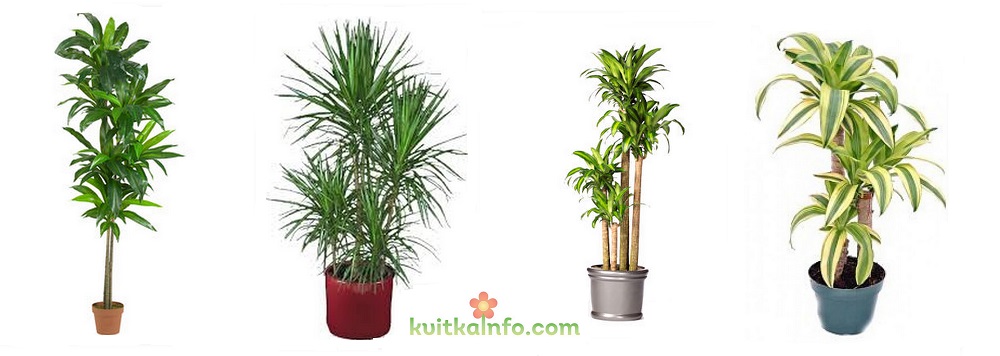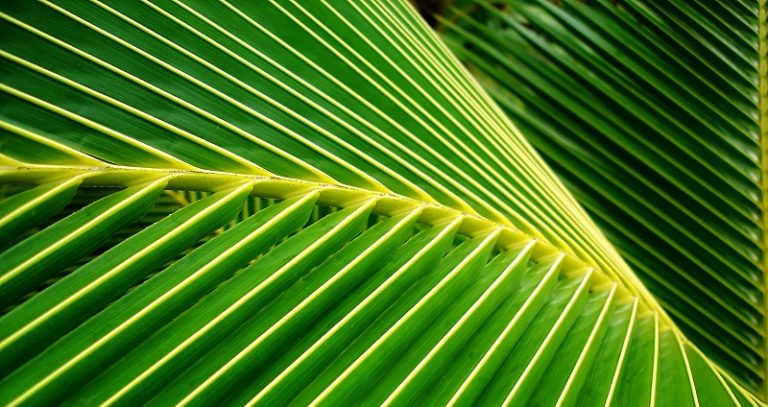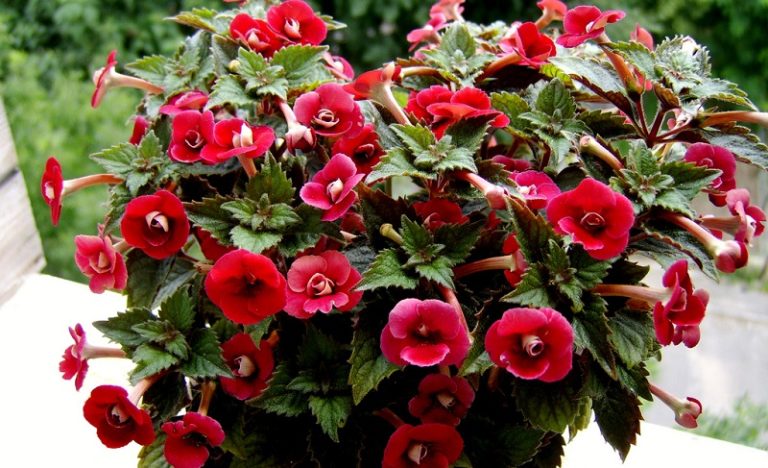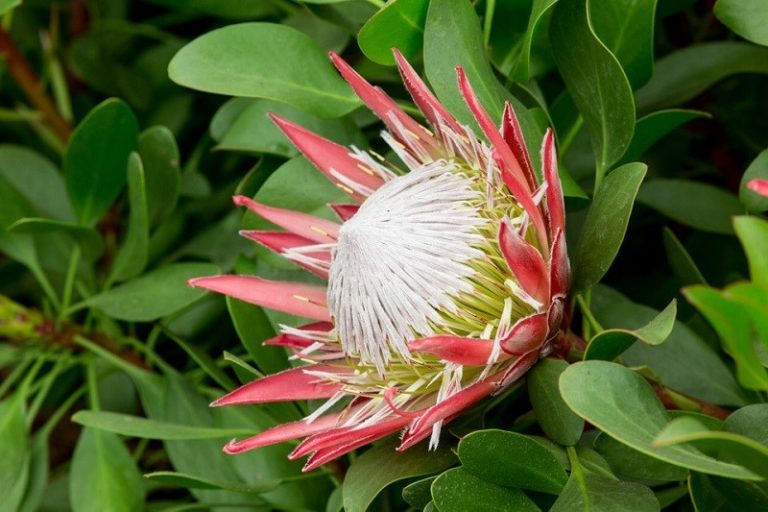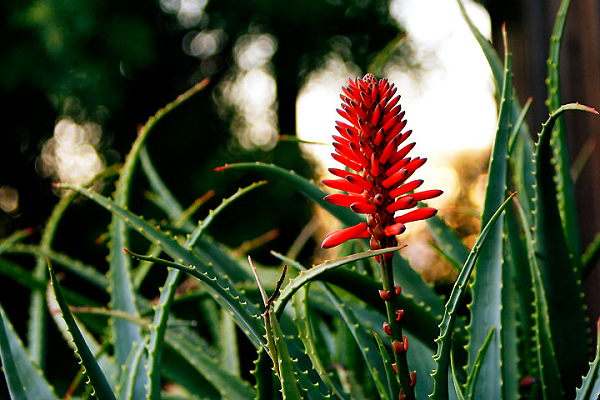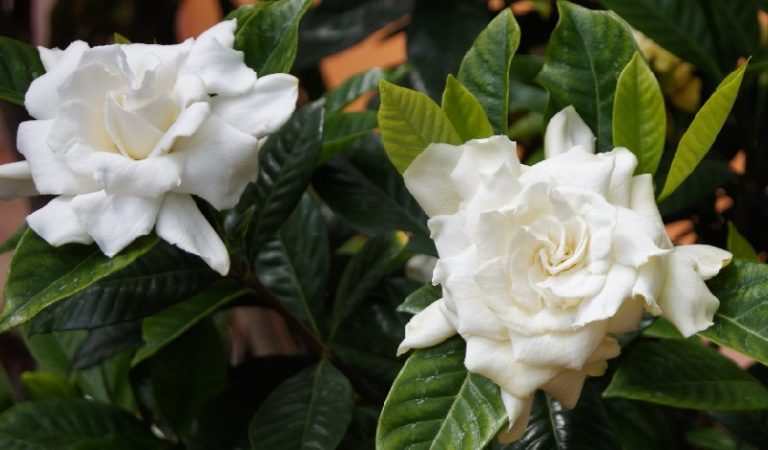Dracaena: care and reproduction
Dracaena is a houseplant consisting of a rosset of leaves on straight stems that turn into a trunk with age. In its natural environment, it can be found in Africa. Depending on age, it can reach several meters in height. Dracaena has become popular because of its exotic appearance. It fits perfectly into the interiors of apartments, houses, offices and, most importantly, has a lot of positive qualities.
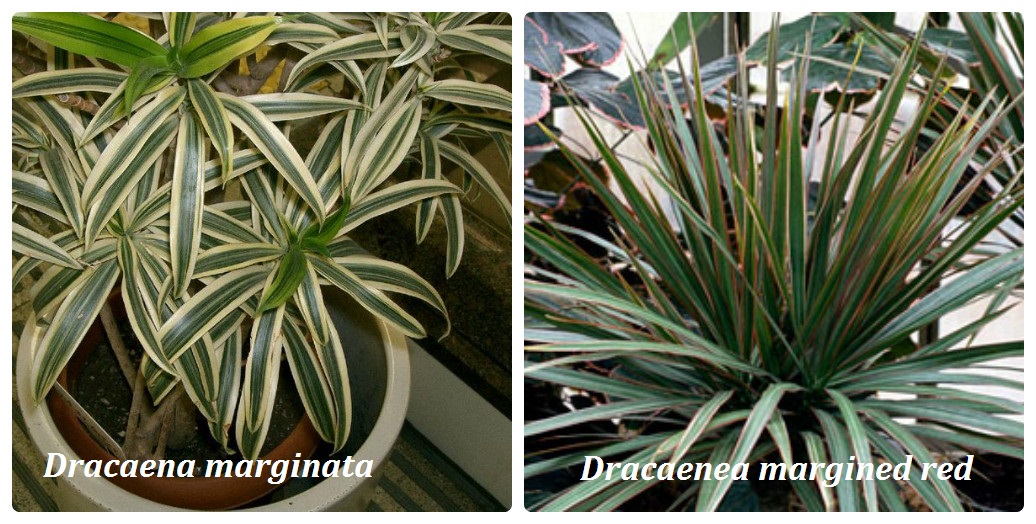
How to care for dracaena
Dracaena is not a capricious plant that is easy to care for.
Light brightness
Dracaena loves bright diffused light, it should be placed on the east or west windowsills of your home. Dracaenas with dark green leaves require less light than piebald ones. In low light, the leaves lose their natural color.
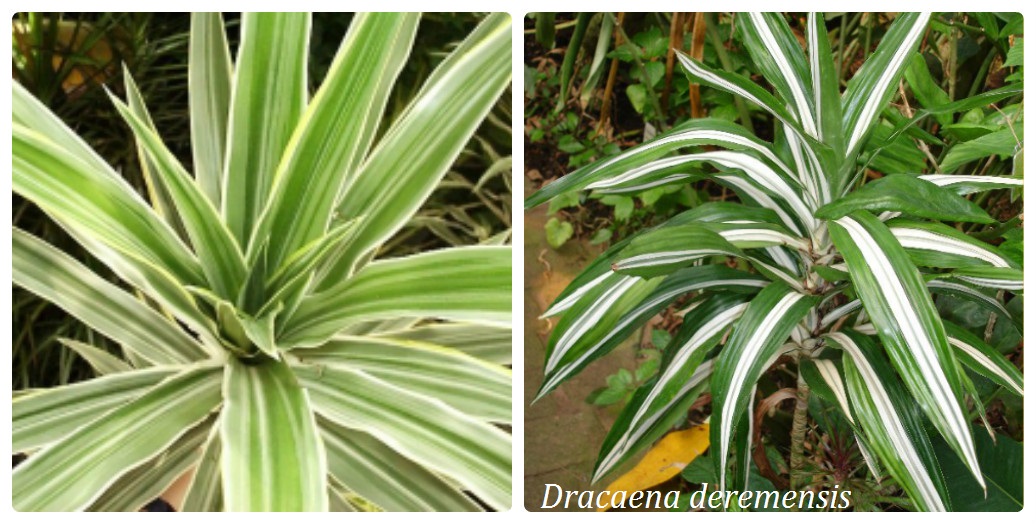
Air humidity
Dracaenas love humid air, but there are also species that are resistant to dry air – these are Godsefa dracaena and Dragon – other species require frequent spraying. When spraying, it is necessary to ensure that water does not get into the middle of the outlet, which can cause the plant to rot at the point of growth.
How to water dracaena
Dracaena – loves moisture, it needs to be watered abundantly. As soon as the surface layer of soil has dried out to a depth of about 2-3 cm, the plant must be watered. Use settled or filtered water for watering dracaena.
In summer, during the hot period, dracaena is watered once every 2 days. If the leaves wither (sink down), it is worth increasing the frequency of watering.
In winter, dracaena is dormant, watering should be limited to once a week. If the dracaena is located next to central heating devices, the intensity of watering is increased. When the soil is waterlogged, rotting of the root system is possible.
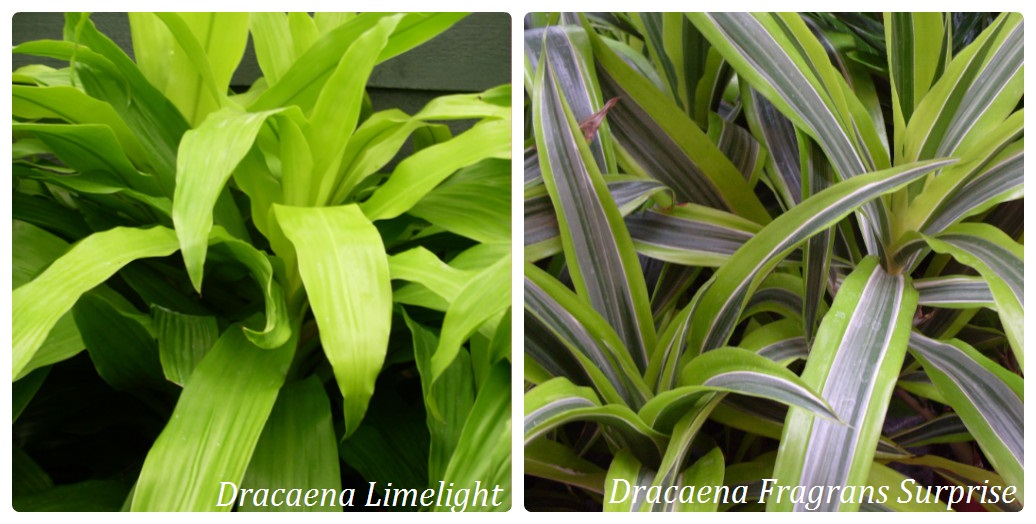
Fertilizing dracaena
Dracaena should be fed only during the growth period (March-early September). Feed with complex fertilizers for deciduous plants once every 14 days.

Reproduction of dracaena
Dracaena can be propagated in three ways:
- Seeds – only green forms of dracaena can be propagated, vegetative propagation is used for speckled dracaenas (dracaena seeds germinate after 2 months).
- Parts of the stems.
- Cuttings from the top. After three months, the cuttings will give roots.
The best time for propagation is spring (a period of active growth after a dormant period).
How to transplant dracaena
Dracaena has a powerful root system, which becomes cramped in a pot. When transplanting, try not to damage the roots. Choose the soil for transplanting for palm trees. Make a drainage hole in the new pot, put a little drainage on the bottom(expanded clay). If the soil has not yet exhausted its nutrients, then you can transship the plant into a container of a larger diameter. After transplanting (transshipment), be sure to water the plant and place it in a shaded place so that it accepts.
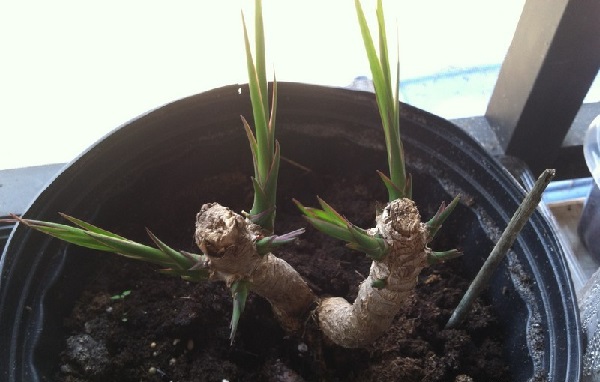
Pruning dracaena
Pruning the trunk of the dracaena stimulates the development of lateral buds, so this procedure should be done in the spring (you need to cut it with a sterile, sharp knife). After pruning, the branching process begins and the plant becomes lush. The cut parts of the dracaena can be used for propagation. For pruning, choose plants with a height of at least 30 centimeters. The cut site should be 5 centimeters below the last leaves on a plant with a bare stem. If the entire stem is covered with leaves, then prune for aesthetic reasons.
Diseases and pests
Although this plant is not whimsical in care, there are pests that threaten it. These are such as: scale insects, spider mites and thrips.

